| Model | HP 10s+ Scientific Calculator |
|---|---|
| Power Type | Battery |
| color | Black |
| Dimensions | 80W x 16D x 144H mm |
| Number of Digits Displayed | 1 line x 10 characters |
| Weight | 0.100kg |
HP 10s+ Scientific Calculator
Brand :
HP 10s+ Scientific Calculator
- Product Dimensions : 80W x 16D x 144H mm
- Number of Digits Displayed : 1 line x 10 characters
- Power Type : Battery
- Display Type : LCD
- Display : 6.1 cm
Out stock
HP 10s+ Scientific Calculator
Choose the durable HP 10s+ Scientific Calculator with a user-friendly design, easy-to-read display and a wide range of algebraic, trigonometric, probability and statistics functions for your math and science classes.
- Best used for: General Math; Algebra; Trigonometry; Statistics
- Built-in functions: 240
- Statistical functions: Combination; permutation; list-based statistics data editor with random numbers; summary statistics and regressions analysis
- Math functions: Polar and rectangular conversions; decimal and hexadecimal conversions
- Memory registers: 9
- Power: Battery LR44 x 1; Solar cell built into front of calculator
- Power off memory protection: No
- Auto power off: 5 minutes
- Display: 2-line dot matrix and segment display
- Dimensions (W X D X H): 3.04 x 0.59 x 5.79 in
- Weight: 3.25 oz
- What’s in the box: Calculator; slide-on protective cover; battery; user guide
Uses for a scientific calculator
The uses for scientific calculators include algebra, trigonometry, calculus, and other types of mathematics in high school, college, and numerous technical professions. These calculators are handy in situations where other devices aren’t allowed or would be at risk of being lost or damaged.
Exponents and basic functions
An HP scientific calculator can handle exponents like squares, cubes, and other powers and roots. It can also process complex equations with multiple variables and a specific order of operations. In these instances, basic calculators run into trouble by not “knowing” which steps go first in an equation. That can be disastrous in financial analysis, toxicology, architectural design, and hundreds of other professions.
Logarithms
Students and professionals who work with trigonometry and calculus have to process logarithms. These formulas help us figure area, speed, interest rates, and other complex real-world solutions. People in the medical, engineering, and other technical fields use logarithms daily.
Trigonometry
Sines, cosines, and tangents are unavoidable in trigonometry and calculus. Sines, inverse sines, and cosines are vital for measuring or finding angles. Tangents are a staple of construction, mechanics, topography, and space exploration. In fact, if you saw the movie Hidden Figures, you saw Katherine Johnson figure tangents. It’s possible to find these values with a pen and paper, like she did back in the 1950s, but that’s a slow slog compared to the instantaneous results a scientific calculator can give.
Scientific notation
Millions, billions, and trillions are nice, but it’s tough to think in terms of vigintillions (that’s a number with 63 zeros). Thankfully for engineers and other technical professionals and students, HP scientific calculators handle massive values in stride. They do it by using scientific notation as shorthand. That way, scientific calcs can include these large numbers in future calculations while saving lots of time and effort.
Binary functions
Functions with two variables are called binary functions. They’re important in Cartesian math, used frequently by managers, IT pros, engineers, and budget analysts to name a few. It’s difficult to solve these functions without a calculator that has multiple memory registers. Scientific calculators can carry the results of these functions forward for use in later calculations.
What to look for in a scientific calculator
There are a few different reasons to buy a scientific calculator, which means different people will need different specs. When buying an HP scientific calculator, consider whether you’re a technical professional, student, or a high school teacher, then check out the following details:
- Cost: Working pros care less about cost and more about getting the job done. By contrast, a student or teacher buying for a classroom may want more affordable options and solar power to save on battery expense
- Applications: Are you an engineer? Surveyor? Medical professional? Math student? All scientific calculators aren’t created equal. Check which functions are included in a calculator before buying
- Display: The more vertical lines on the display, the easier it is to fit equations and solutions on it. A single-line display won’t let you view complex equations at a glance, so opt for a 2-line or 4-line display
- Power-off memory protection: What happens when your calculator shuts off because you didn’t use it for 5 minutes? Look for calculators with memory protection if you want your work to stay intact while you’re not using it
Only logged in customers who have purchased this product may leave a review.

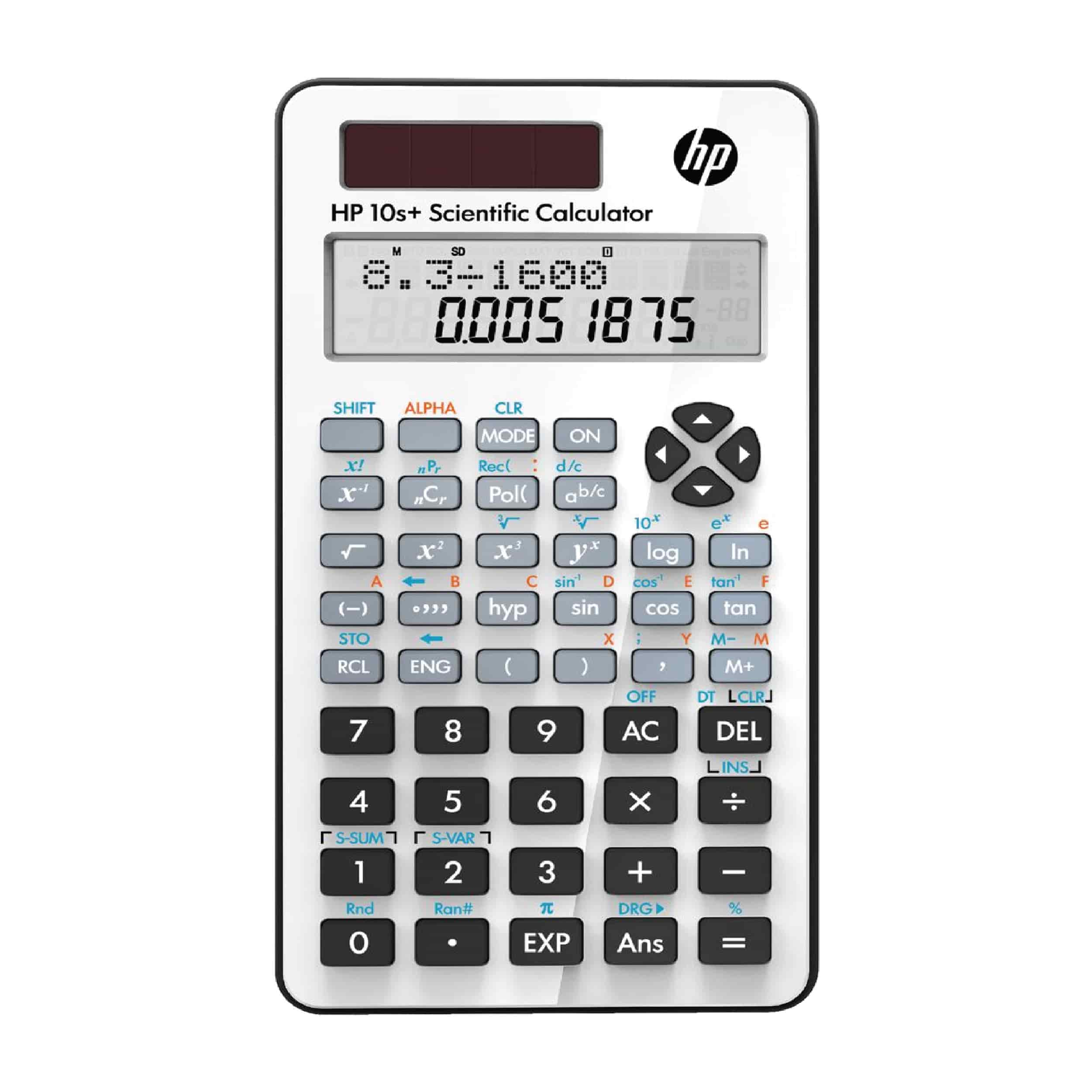
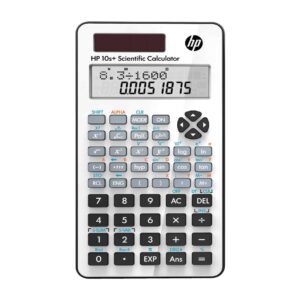
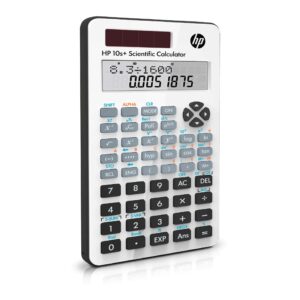
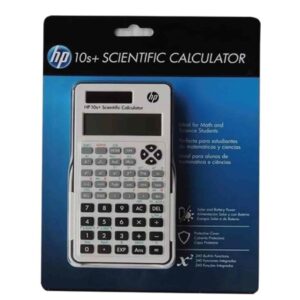
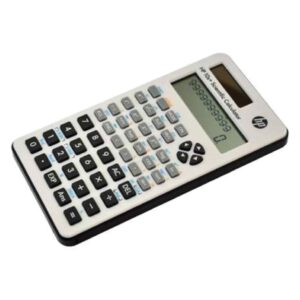
Reviews
There are no reviews yet.